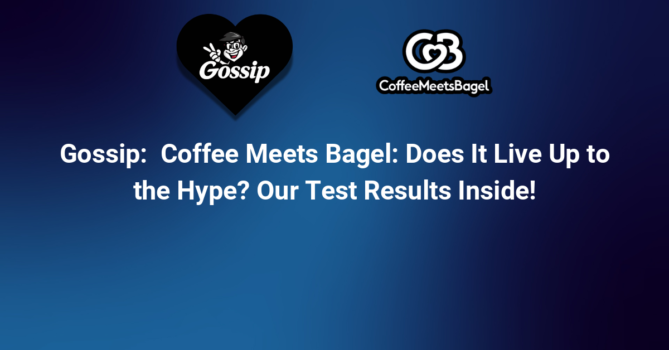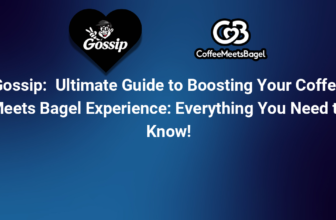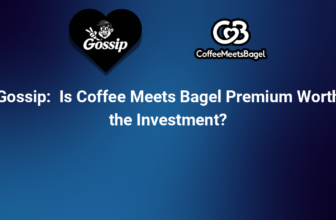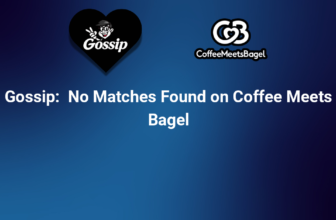The Coffee Meets Bagel app stands out among the multitude of dating platforms available globally. But how does it stack up against other popular applications such as POF, Bumble, Hinge, and Tinder? Let’s explore the distinctions:
Coffee Meets Bagel vs. POF
For those who prioritize quality over quantity in their dating experience, Coffee Meets Bagel emerges as a compelling choice. This app emphasizes meaningful connections by offering a curated approach that sets it apart from many others.
Users benefit from features that enhance their matchmaking journey, including the option to import Facebook photos for their profiles, daily matches tailored through a sophisticated algorithm, and a manual review process conducted by real people. Furthermore, Coffee Meets Bagel provides an ad-free browsing experience, allowing users to focus on what truly matters: making connections.
In contrast, POF (Plenty of Fish) caters to those who prefer a more extensive array of features and options. With its diverse functionalities, POF allows daters to manage their experience with capabilities such as deleting message histories and an interface that is friendly to Android users. This means that anyone using Apple devices, often favored with cooler features across various platforms, might feel slightly left out.
Coffee Meets Bagel vs. Bumble
Coffee Meets Bagel is intentionally designed for individuals in search of serious relationships. Its focus on a specific and educated demographic ensures that users are more likely to encounter like-minded individuals. This app curates daily profiles based on user preferences, ensuring that quality interactions are prioritized over sheer volume.
On the other hand, Bumble presents a refreshing twist to the dating scene, resembling Tinder in its mechanics but with a vital distinction—women take the lead in starting conversations. This shift aims to reduce unwanted solicitations, promoting a more secure environment for users. While this model works for many, it can also add an unnecessary layer of complexity that not every user may appreciate.
Coffee Meets Bagel vs. Hinge
Both Coffee Meets Bagel and Hinge make signing up a straightforward process, but they diverge when it comes to the depth of user engagement. Coffee Meets Bagel encourages users to delve deep into their personal preferences and interests, crafting a detailed profile that fosters better matches with potential partners.
In contrast, Hinge leverages a different ethos by guiding users through a series of thought-provoking questions aimed at building a narrative profile. This method enables users to showcase not just their images but also their personalities and interests significantly.
While both applications boast user-friendly interfaces that appeal to millennials and tech-savvy users, certain drawbacks exist. Coffee Meets Bagel is occasionally challenged by stability issues, leading to delays in notifications and overall experience, while Hinge typically offers a smoother and more cohesive user journey.
Coffee Meets Bagel vs. Tinder
One of the defining features of Coffee Meets Bagel is its limit on the number of curated matches presented to each user on a daily basis. This approach fosters a relaxed and intimate dating atmosphere, distinguishing it from the often chaotic experience of larger platforms.
Tinder, meanwhile, appeals to a broader audience due to its addictive swipe feature and extensive pool of potential matches, catering to a spectrum of users—from those interested in casual encounters to individuals seeking substantial relationships. The app’s robust integration with other social media platforms allows users to present well-rounded profiles that not only highlight their physical appearance but also reflect their unique personalities.
Ultimately, the choice between these apps comes down to personal preference and dating goals. Whether you lean toward a curated experience with Coffee Meets Bagel or enjoy the vast selection offered by Tinder, each app serves distinct demographics and lifestyles, making the dating journey tailored to individual needs.
By understanding these key differences, users can make informed decisions that align with their dating aspirations, ensuring that their experience is both rewarding and enjoyable.






